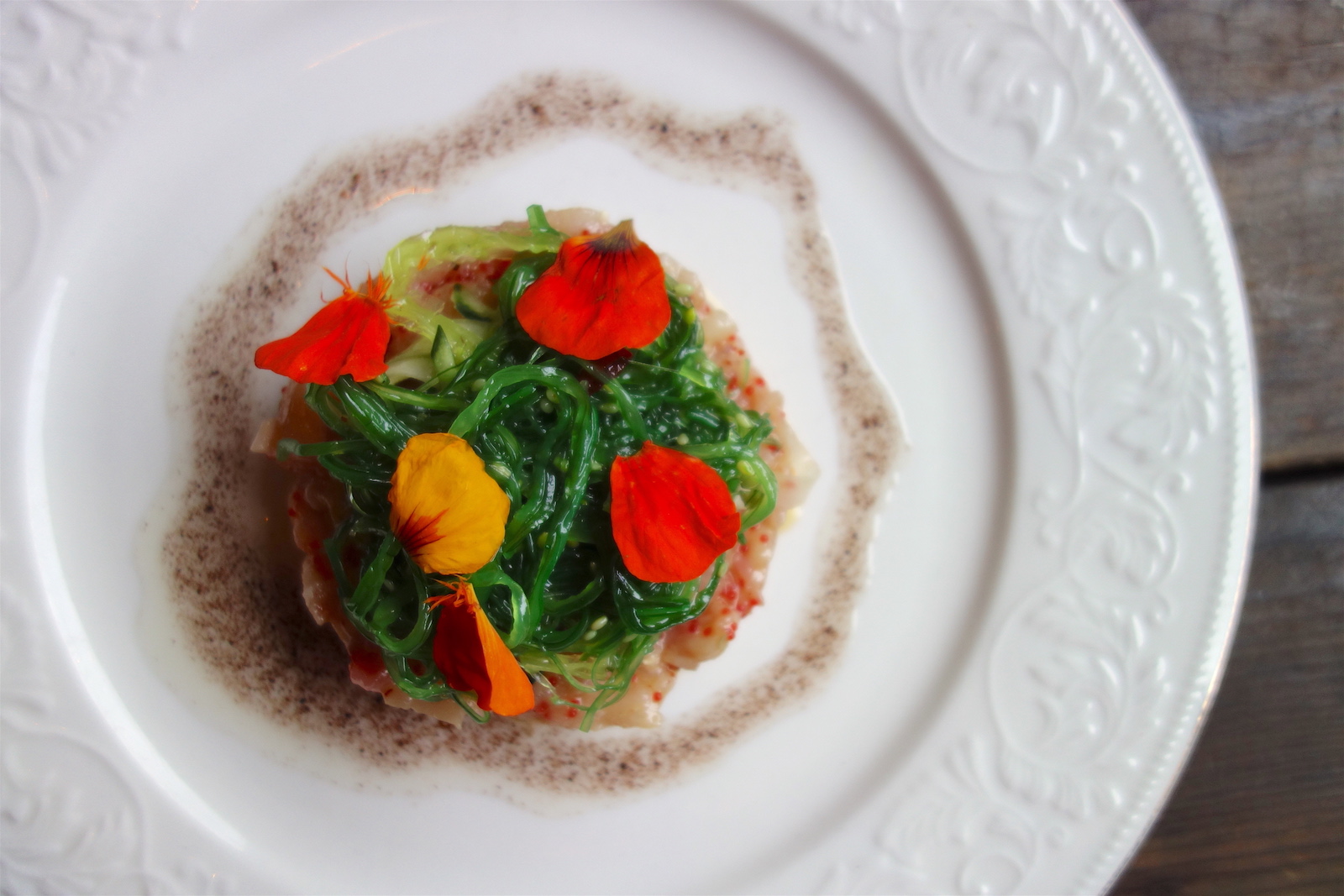The Local newsletter is your free, daily guide to life in Colorado. For locals, by locals.
When death is nigh and a lifetime of memories as a food writer flashes before my eyes, there are a few dishes I know I’ll see: pici pasta in chicken-liver sauce at Lower48 Kitchen. Foie gras mousse with cloudberry jam, pickled chanterelles, and rye flatbread (called “rieska”) at Trillium. Tripe poutine with foie gras gravy at Rebel Restaurant. And fava bean falafel atop lamb-liver-lentil hummus, also at Rebel.
What’s funny about this list is that both tripe and liver are among the very few foods that, for decades, I thought I didn’t care for. But it’s dishes like these that have, over the course of my career, contributed to the evolution of my personal tastes and, more important, to my understanding of what I consume and why.

What’s sad about this list is that the restaurants responsible for the aforementioned dishes are closed, or will be. (Rebel’s last day in business was Saturday, August 4).
Are they closed solely because their chefs took creative risks showcasing unfamiliar or underused ingredients—beef tendon, chicken hearts, freekeh, sea beans, gjetost? Or because the chefs prepared commonplace items in audacious ways—pickled fish sausage, blue cheese or horseradish ice cream, dehydrated hot dogs? No. In all three cases, location and timing were also culprits. But there’s no doubt that those restaurant’s efforts to defy the culinary status quo were a key factor in their demise. As Rebel’s Dan Lasiy said to me recently, “I think one of our biggest hindrances was that we challenged people. Do you know how many times, when I gave people the menu, they were like, ‘Oh my god, this is so overwhelming, I don’t know what any of this is’? That’s the whole point! Are you going to go out to the same place and get the same thing every time?”
If your answer is yes, fair enough; this article isn’t for you. But if you’re one of the multitudes I hear complaining that the Denver dining scene is too homogenous—that every restaurant is the same—then perhaps you have some thinking to do. What role do your personal food biases play in that conformity? Why do you go out to eat in the first place, and what chances are you not taking when you do?
Consider, on the one hand, the fact that even some of Denver’s most successful restaurateurs might agree with your complaint of homogeneity, having learned from experience that they can only push the creative envelope so far. To this day, I continue to lament the loss of the stunning oak-grilled beef heart that Troy Guard took off his menu at Guard and Grace within weeks of opening because his guests weren’t having it. Alex Seidel is still mourning an abalone dish he created in 2003, which got the axe because “nobody knew what abalone was. Some of the best dishes I think I’ve created were the ones I didn’t sell.” And Dana Rodriguez and Tony Maciag recently told me that they discussed changing the concept of Super Mega Bien after the first few weeks in business because their customers were resisting the dim sum–style cart service. The problem, admitted Maciag, is that “there’s not enough adventurous people to go around to support everyone who wants to do something different.”
On the other hand, consider that there’s a whole world of restaurants in the greater Denver metro area serving a whole world of cuisines you could explore, from Sudanese and Sinaloan to Polish and Egyptian. If you don’t see the diversity, you’re not looking hard enough.
Talent is resilient: Lower48’s Alex Figura moved on to success with pasta counter Dio Mio and Trillium’s Ryan Leinonen is busy consulting, most recently for Rye Society Delicatessen and Picklery. There’s hope that Rebel will rise again in another form, but it’s too early to say. Bo Porytko, Lasiy’s chef-partner, admits that “This is the time it’s toughest. We’re closing; we need time to mend our souls. I think after that, you reevaluate and figure it out.”
In the meantime, I’ll hold on to my memories of Rebel’s General Tso’s testicles, pig-trotter terrines, turnips four ways, and larb tartare. I’ll continue to support chefs striving to do something truly original, be it Kyle Foster of Julep or the Bindery’s Linda Hampsten Fox. And I’ll humbly ask you, Denver diners, if you’re honestly interested in greater local dining diversity, to do the same. Give that little Ethiopian or Vietnamese hole-in-the-wall that you drive by every day a chance—and give any place you’ve ever dismissed as “weird for the sake of being weird” a second chance. After all, weirdness for its own sake is the very soul of experimentation. It’s how discoveries occur—and how weirdness for its own sake becomes weirdness for goodness’s sake. Your mother was right: It wouldn’t kill you to try it, and keep on trying it.








